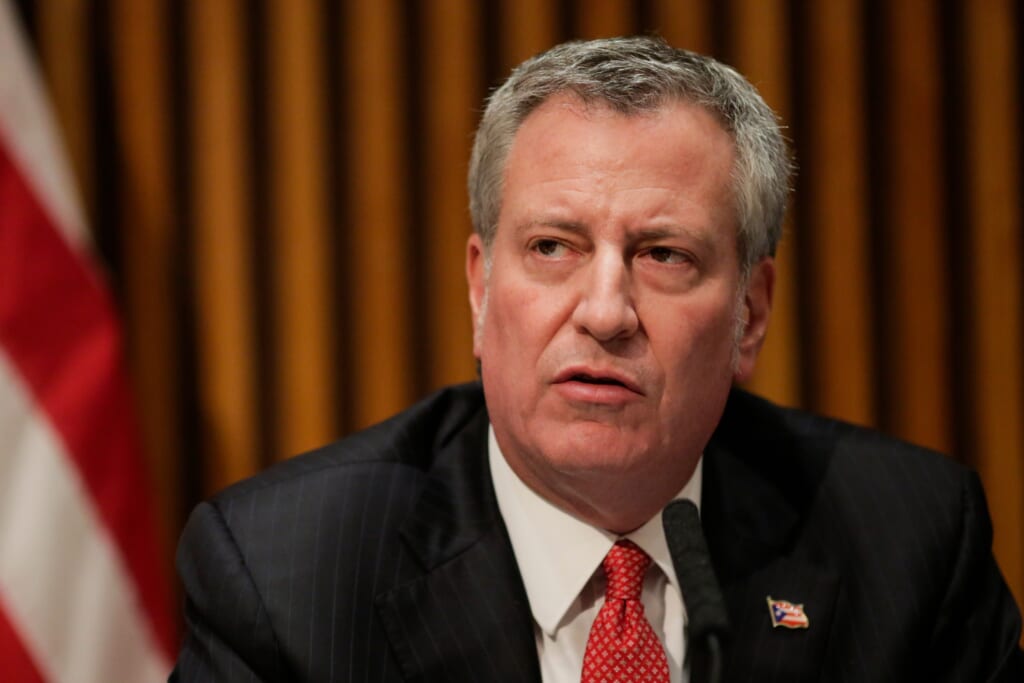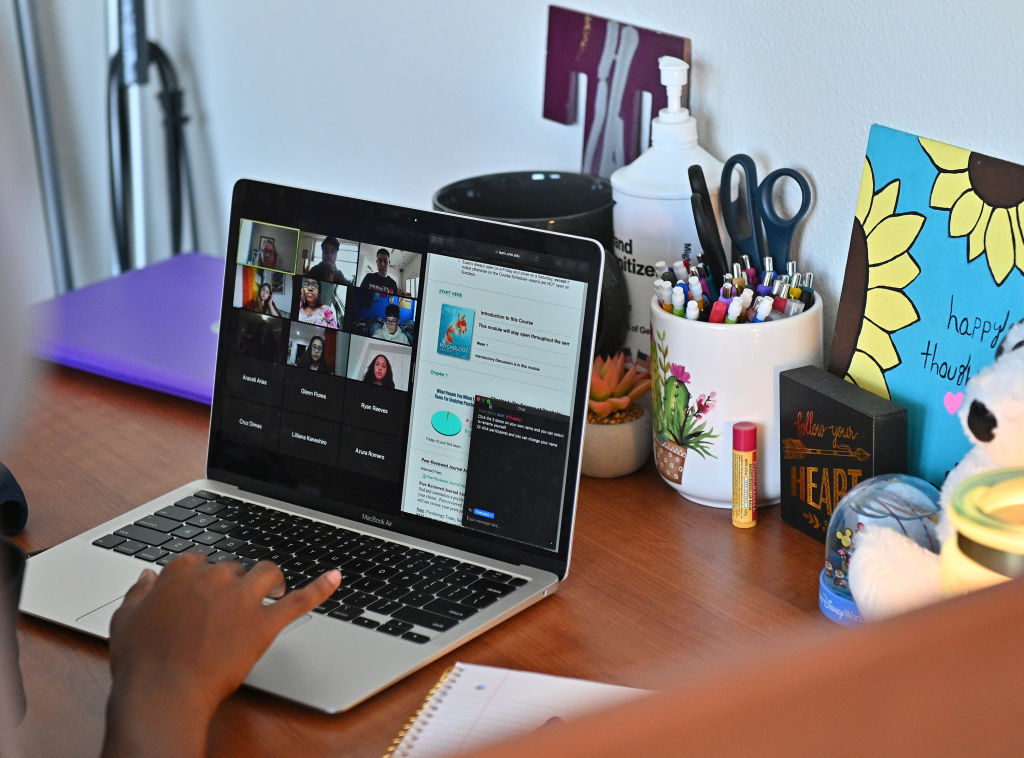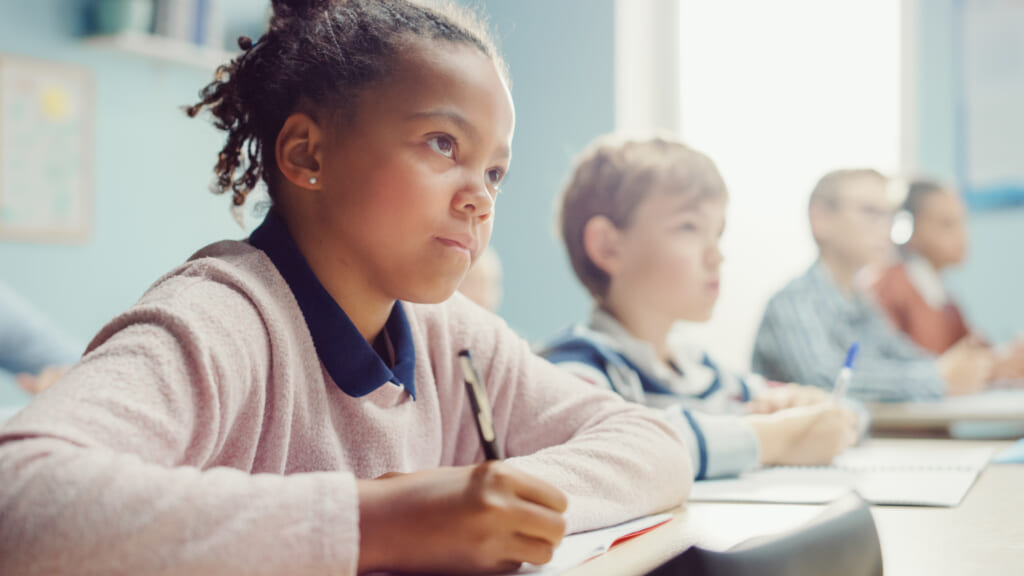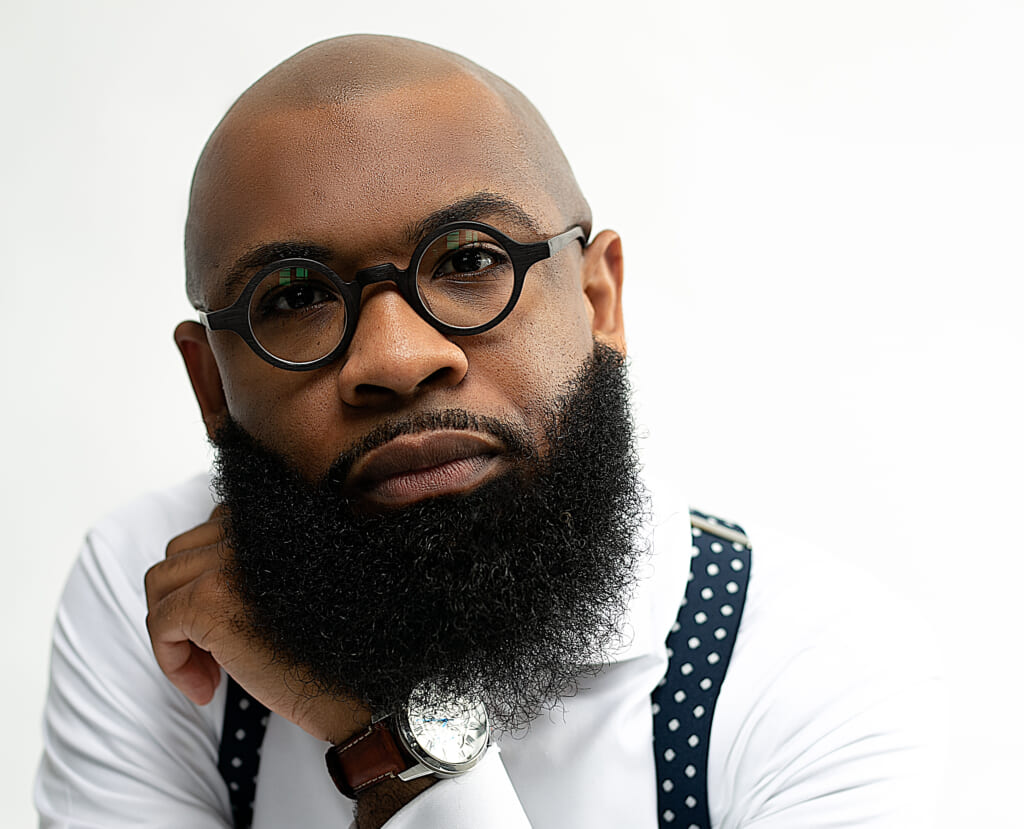The color and complexity of re-closing schools during the pandemic surge
OPINION: Closing school buildings while maintaining the sanctity of socialization, shopping, and exercise underscores the question that has engulfed national discourse this year—whose lives matter?
Recently, I answered an unknown number, only to hear the imploring moans of a mother in our school network appealing the possibility and probability of re-closing schools.
“Please don’t close again! Whatever you do, and whatever you all decide, keep the schools open. I need to work, and my children need more than I can give them. Please, please!”
To the dismay of many families, governors and mayors across the country have begun broadcasting plans to re-close school buildings amidst the newest COVID-19 surge. I disagree with them. As a Black educator committed to abolition, the political priorities accelerating re-closing school buildings confound me.
Read More: New York public schools to close due to coronavirus surge
Racial and economic inequities and political opinions have long existed in America’s school systems, and as we approach re-closing schools this winter, it’s about to get worse. This past week, New York City Mayor Bill de Blasio insisted that he would close the buildings of the nation’s largest public school system when the city’s positive virus rate reached 3% over a seven-day rolling average.
But as politics and economics would dictate, the Mayor did not insist on closing the buildings of bars, restaurants, movie theaters, fitness centers, or other enterprises.

Closing school buildings while maintaining the sanctity of socialization, shopping, and exercise underscores the question that has engulfed national discourse this year — whose lives matter? When we close school buildings, vulnerable students lose access to indispensable intervention and direct support, hardly replicable through shared screens and chat features.
Students are placed at risk for compounded emotional trauma from a loss of routine and structure, and a longing for social integration. Students with individualized education plans (IEPs) are deprived of fidelity of services needed to academically and socio-emotionally flourish. And many of our working-class families must choose between earning a living and caring for their children.
At East Harlem Scholars Academies, a network of EHTP schools, we reopened hybrid schooling in September, when the New York City positivity rate averaged around 1%. We were one of the first to do so, and did because we committed to trusting the science, listening to the needs and wants of our families, and pursuing an abolitionist worldview.

Being committed to actualizing an abolitionist approach, we are guided by the query: how do we center the lived experiences of our students and families and cultivate schools committed to communal freedom?
In this national moment, against a backdrop of racial unrest, abolitionism has been publicly misappropriated as a pejoratively extremist label. Put the label of abolition aside for a moment, and think of abolition as an embodiment, a way of being, and a pursuit. Guided by the communal over the individual, and people over profit, we must situate ourselves as abolitionists rooted in the freedom tradition of Sojourner and Frederick and Harriet and Nat.
When Black folk, and a syndicate of well-meaning white folk, dared to imagine and actualize justice as a humanizing experience for those who had only known enslavement, oppression, and injustice—the progenies of racism; a freedom tradition where leaders risked it all for the freedom of those who relied on their sacrifice.
Now, as schools in New York City and throughout the country speedily move toward closing school buildings, nothing will reveal our moral convictions, ethical values, pedagogical creativity, operational wherewithal, and communal consciousness like how we act in this moment. As a school-system leader who has worked with students of all races and socioeconomic statuses, from prekindergarten to doctoral students, I am more convinced than ever that if we are going to pursue abolition, we must ask and answer: What are the costs? Whom will we sacrifice?
If we have learned anything since the unnerving start of this pandemic and its disproportionate impact on people of color, the ongoing racial protests, and the suppression-politics within democracy, it’s that mortality is only one cost of a global crisis. Every aspect of human life as we knew it has been impacted indeterminately. But the consequential, compounding traumas from closing schools in communities already plagued by intersectional inequities will color and complicate the opportunity gap for years to come.
For white and wealthy families, closing school buildings will likely result in a continual increase in exclusive learning pods, underscoring the cavernous economic gaps in privilege that have perpetually buffered them from the harsh reality of weathering this pandemic without a safety net.
For Black and Brown and economically vulnerable families, open school buildings are one of the enduring forms of psychological, emotional, economic, and communal care. From segregation until now, schools have offered one of the most trusted social safety nets for Black and Brown and economically vulnerable families, because schools are more than schools.
The school is a portico for crucial support, where students and families access life-sustaining resources from nutritious meals to heat to flu shots to counseling. The closure of the school building colors, complicates, and even disables the distribution of those resources, and in doing so, reveals the inapt, but nonpareil role that school buildings serve in closing the chasm in our weak national social safety net.

For the more than 11 million families with school-aged children who are living in and making meaning of poverty, closing school buildings results in a loss of necessary childcare that muddies going to work, particularly when politicians do not align businesses and schools. More consequentially, for the nearly 1.5 million students experiencing homelessness, school closures remove the most critical stabilizing source.
Keeping school buildings open inevitably invites critique from many teachers and staff who perceive open buildings and transit to-and-from them as threatening their wellbeing. Yet, as an administrator, this critique is colored when witnessing staff utilizing their social media to post weekend escapades and non-physically distant, non-masked gatherings. In other words, the deadliest comorbidity that threatens the safety of open schools is collegial unwillingness to embody abolition that centers communal freedom over and above individual indulgence.
Our experience as a network that serves 95% Black and Brown students underscores that when we elevate communal consciousness—masking, hand hygiene, physical distancing, health screenings and symptom containment, frequent testing and enhanced cleaning— over individualism, the spread of Covid-19 in schools can be controlled.
Read More: Virus surge: Schools abandon classes, states retreat
In the ninth month of this pandemic, there are longitudinal, systemic consequences at stake when our Black and Brown students are not in schools. With the incoming administration, our government must forefront schools as essential to our national social safety net. Doing so will allow us to pursue an abolitionist approach that bears the burden of our families needs that accounts for the typical Americans’ paycheck-to-paycheck reality, and affords the costs of providing services for our students.
Now is the time for the arcs of abolition and morality and creativity to merge in their lean toward justice. By becoming this moment, we build our hope and future on caring for the young, vulnerable citizens in our society—Black and Brown and economically vulnerable students—who are depending on what we do today.

Dr. Robert S. Harvey is the superintendent and senior managing director of East Harlem Scholars Academies, a network of public charter schools in New York City. He is also an adjunct professor in the areas of race, religion, education and leadership. His writing can be seen in St. Louis Post-Dispatch, Chalkbeat, Education Week, and various academic journals.
Have you subscribed to theGrio’s new podcast “Dear Culture”? Download our newest episodes now!
TheGrio is now on Apple TV, Amazon Fire, and Roku. Download theGrio today!
